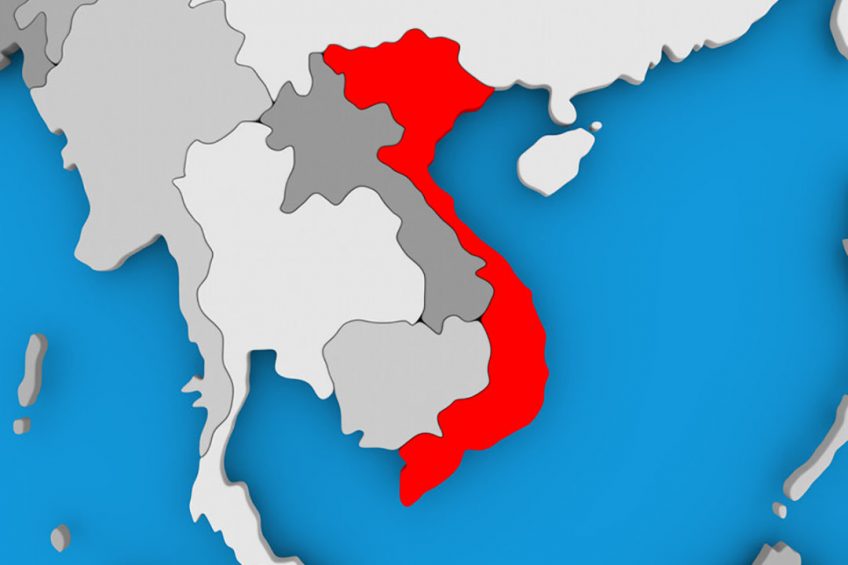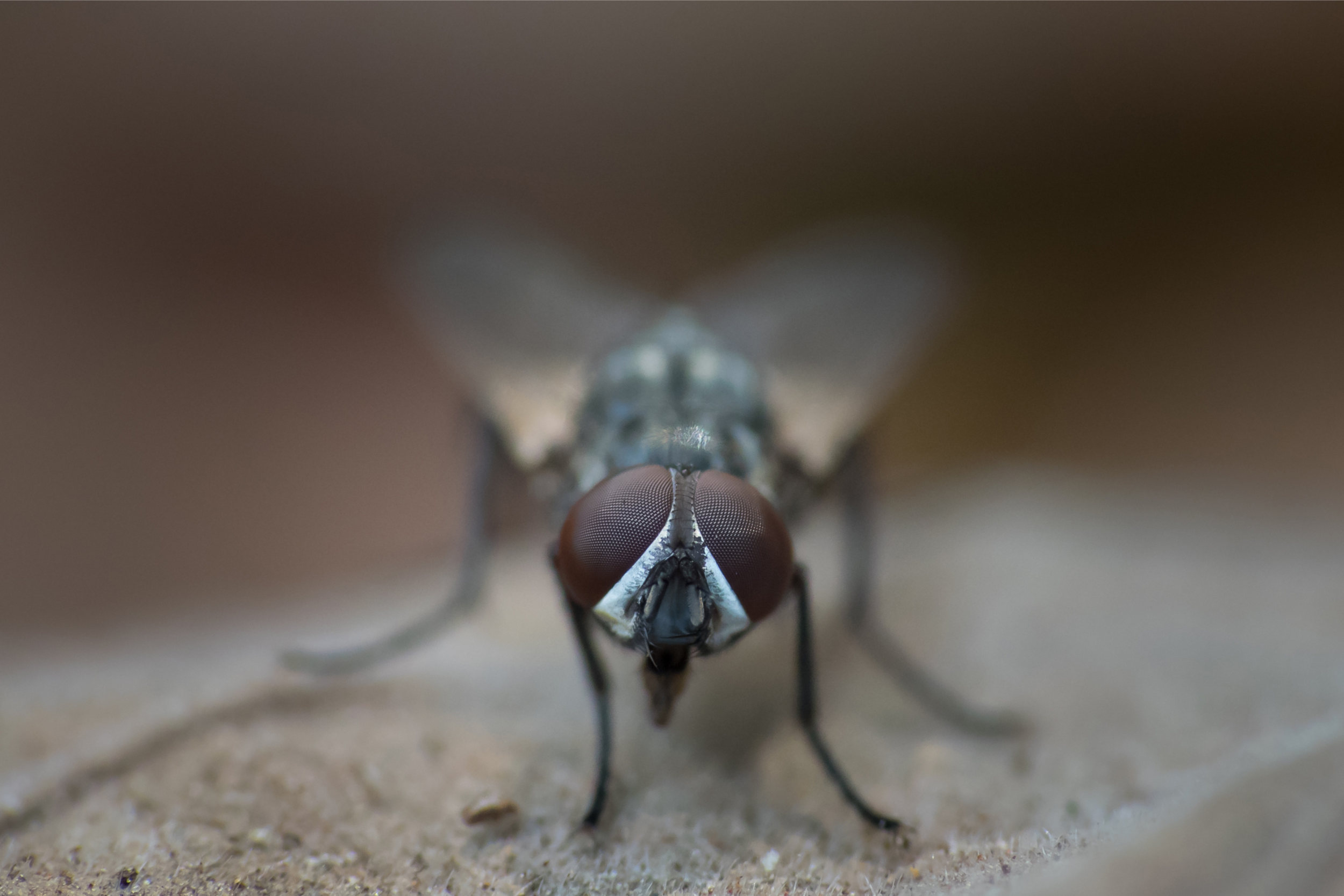ASF Vietnam: 5.8m pigs dead; virus likely in Indonesia

Vietnam has sent an update of the African Swine Fever (ASF) situation in the country. The total death toll due to the virus and subsequent culling is up to 5.8 million.
The detailed figures were made available through the World Organization for Animal Health (OIE). The last set of figures dated from early August. At that time the death toll was at 3.6 million. The growth of the figures happened in all areas, in some stronger than the others. In total there are now 8,429 reported outbreaks. The ASF map, compiled by Pig Progress, has been completely updated with the new figures.
Vietnam usually reports the outbreaks per province – each of the 63 provinces and municipalities have reported the African Swine Fever (ASF) virus. In total 19 out of 63 provinces have reported a death toll over 100,000 pigs now.
The top-5 of affected provinces:
1. Ha Noi: 541,517 dead pigs reported
2. Dong Nai: 438,859 dead pigs reported
3. Hai Duong: 391,824 dead pigs reported
4. Thai Binh: 377,455 dead pigs reported
5. Bac Giang: 272,506 dead pigs reported
Most of these provinces are in the north, in or around the capital Hanoi. Only Dong Nai can be found in southern Vietnam, close to Ho Chi Minh City.
Only 6 Vietnamese provinces have fewer than 10,000 reported pigs dying – the only one below 1,000 is Ninh Thuan. That province was the last of the Vietnamese provinces to report outbreaks of ASF on August 18.

Read more about pig health in the Pig Progress Health Tool
Indonesia: ASF likely in North Sumatra
There are also concerns from Indonesia’s North Sumatra province. In 11 regions in the province, 4,682 pigs have died, local authorities said.
Press agency Reuters reported that the agriculture ministry’s director of animal health confirmed that in a laboratory positives have been found for both African Swine Fever as well as Classical Swine Fever (CSF), the latter also being known as hog cholera. CSF would have first been found in the Dairi district in September. No further details were given about the prevalence of ASF in the province – that is why in the interactive map so far only the province of North Sumatra is given a colour.
In Indonesia, pork is not a staple food like in Vietnam or China, as for religious reasons, pork is not eaten in large quantities throughout the country. Neither the CSF nor the ASF outbreaks have been reported to the OIE yet. The FAO, however, also reported that dead pigs were found in a river in North Sumatra.
South Korea: River turns red of pig blood
Another place where a river was introduced to ASF is South Korea. The BBC amongst others posted an article online showing pictures of a completely red river close to Yeoncheon-Eup – the flow coloured red due to blood coming from slaughtered pigs.
According to the BBC, the South Korean authorities culled 47,000 pigs close to the border with North Korea, in order to stop the ASF spread. Then heavy rains caused the blood from a nearby burial site to flow into a tributary of the Imjin river.
South Korea so far reported 37 outbreaks of ASF to the OIE, all relatively close to the border with North Korea. In total 23 infected wild boar have been discovered. In total 27,000 animals died or had to be culled.
Taiwan: 1 more infected pig on Kinmen island
After a few months of silence, the Taiwanese authorities discovered another dead ASF infected pig on the shores of Kinmen islands, just off the coast of Fujian province, but administratively belonging to Taiwan. The total count of infected pigs washing ashore is now 12 over the last year – 10 at Kinmen islands and 2 at Matsu islands.
Taiwan does not report these outbreaks to the OIE.
Keep updated on ASF developments in other countries as well through our ASF minisite
China: Infected pigs in a truck in Chongqing
Lately the Chinese authorities have reported outbreaks domestically but have not reported them to the OIE like they used to do. The last reported outbreak on the website of the Ministry of Agriculture and Rural Affairs (MARA) occurred on November 10, when infected pigs were detected in a truck in Chongqing’s Dianjiang county.
The total confirmed outbreaks at the OIE from China and Hong Kong stands at 163 altogether, but it is widely believed that the real number is much higher. Estimates go around that up to 60% of the total swine inventory might have disappeared.
The Philippines: Caloocan & Malabon cities
In the Philippines, African Swine Fever has been reported in more areas of Metropolitan Manila, according to the an update by the government-run Philippine News Agency. The virus would also have been found in Caloocan City and Malabon City.
According to the latest OIE information, there are now 40 outbreaks reported from the Philippines, with almost 53,000 animals killed or culled.











